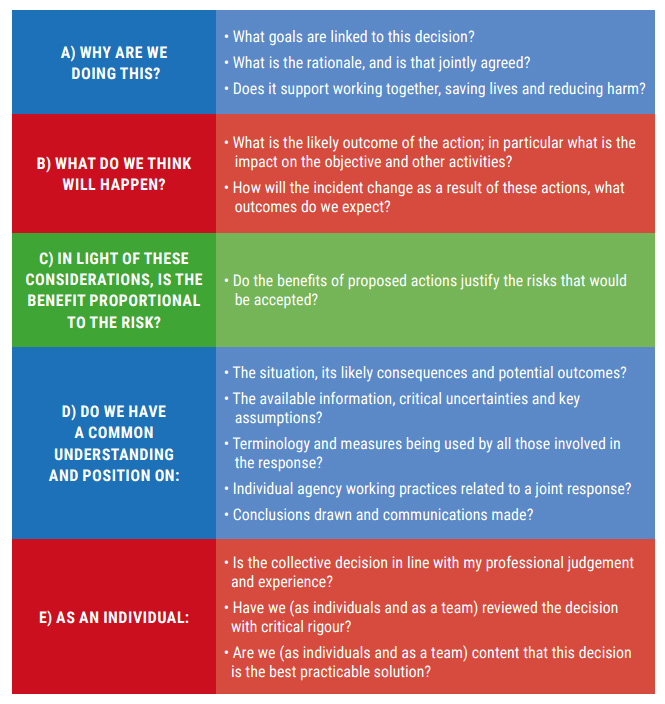
A crisis that stretches our response capabilities to the very limits of elasticity is all-consuming for both staff and organisations. As this current crisis evolves, staff run harder and faster to keep up and organisations develop new and innovative ways of meeting rising demand. Hugely difficult decisions are made in the face of conflicting pressures in order to protect critical services. There is no let-up in either pace or volume for crisis responders and those supporting front-line staff as crisis managers. All our senses are completely focused on moving forward, trying to keep that foot on the ball in the face of an unrelenting and unpredictable opponent that refuses to follow any rules.
For many crisis managers, moving forward in top gear can be the only way of making sense of the world. It supports us in building a collective determination to endure and succeed, in the knowledge that the end of the tunnel will be reached at some point. The time for looking backwards will be when the crisis is over, right….? Well, perhaps.
In a previous article A Trusted Friend in Challenging Times I highlighted the role that the Joint Decision Model has in ensuring that crisis decisions are justifiable and robust according to the information and intelligence that was available to you at that time and an awareness of the difference between correct decisions and justifiable decisions.
The last paragraph may appear to be a play on words…. It isn’t. Crisis managers understand the wider environment in which we operate and the all-encompassing reach of current and post incident scrutiny that may feel a little like being caught in the ‘Eye of Sauron’.
Having decision controls when managing a crisis can assist you in maintaining objectivity in all individual, team and organisational decision making. In the middle of a crisis, how easy is it to look up and see around the next obstacle, as big as it may be? What does the horizon and surrounding countryside look like? How far can you really see? And most importantly, what do you see?

These generic decision controls are taken from the JESIP Joint Doctrine. They are intended as a checklist for decision makers to ensure that they have got all bases covered by supporting and validating their decision-making process. They encourage reflection, that means deliberately selecting neutral and then reverse gear before moving forward again!
This is collective or individual thinking on the part of crisis managers. It’s also critical thinking. These decision controls will validate the actions your team or organisation arrives at, making the Joint Decision Model your primary support tool.
So, next time you are driving with purpose to reach your destination and you catch a glimpse of the big picture through a gap in the hedge, try to stop, back up and take in the view. It may make your journey slightly easier and little more comfortable!
The JESIP Decision Controls are available here.
All other JESIP resources can be found on the JESIP website, or the JESIP app.